Today we start a series of travelogue-style episodes to walk you through my 2018 Morocco Tour & Workshop, which was great, despite the trouble I had getting into the country, that I mentioned in the previous post.
[download id=”54481″]
Luckily, the stress of almost losing all of my photography gear to customs officials on entry to Morocco didn’t spoil my trip, although it did leave a nasty taste in my mouth. If you didn’t catch that, check out the previous post in which I issued a Warning to Photographers Traveling to Morroco.
Before we jump into the first travelogue though, here’s a short announcement about my photo editing software of choice…
Capture One Pro 12 Released!
Last week, Phase One released Capture One Pro version 12, and it has some very nice new features. I will be creating some content to walk you through some of this stuff in the coming weeks, but today I just wanted to briefly run through some of the highlights.
Capture One Pro 12 now has even better color, faster performance, more creative control due to the new radial, linear and luma range masks. A more refined user interface that’s even more efficient and intuitive to use and what’s more, Phase One has added the long-awaited ability to develop plug-ins for Capture One, and the implications of that are huge. We can expect to see all sorts of goodies as various companies are now able to get inside Capture One.
I’ve already started playing with the Luma Range Masks on some of my Morocco images, and they are really useful for refining the areas that your mask is applied to. More on that with the first image that we’ll look at in a moment. Performance hasn’t been an issue at all for me, but I can confirm too that version 12 certainly feels more responsive. There’s just no lag as I work on my images. I’m happier than ever to be working with Capture One Pro!
Anyway, I won’t talk about this too much today, as I have some dedicated content coming up. Check out version 12 at www.captureone.com/12 and by all means, download the trial and take it for a spin. I know that you’ll like what you see.
Hassan II Mosque
So, on to Morocco, where we kicked off our tour on the first afternoon in Casablanca, with a shoot of the Hassan II Mosque, as we see in this photo (below). I’ve made this a before and after type image, so that you can grab the vertical bar in the middle of the image and move it left to right to see the difference between my original processing, and the updated processing using Capture One Pro 12’s new Luma Range Mask feature to increase the contrast in the sky.
To create the mask I first created an Adjustment layer and used the gradient tool to fill the top half of the screen from the horizon with a mask, then I hit the new Luma Range button under the Layers palette.
Then using the Luma Range nodes I adjusted the range and the falloff until I had a mask that covered most of the darker areas of the sky, but left the whiter parts of the cloud out of the mask, or only partially masked. I did have to refine the mask to get it clean around the edges of the Mosque and along the horizon, but the selection in the sky all comes from the Luma Range Mask (below).
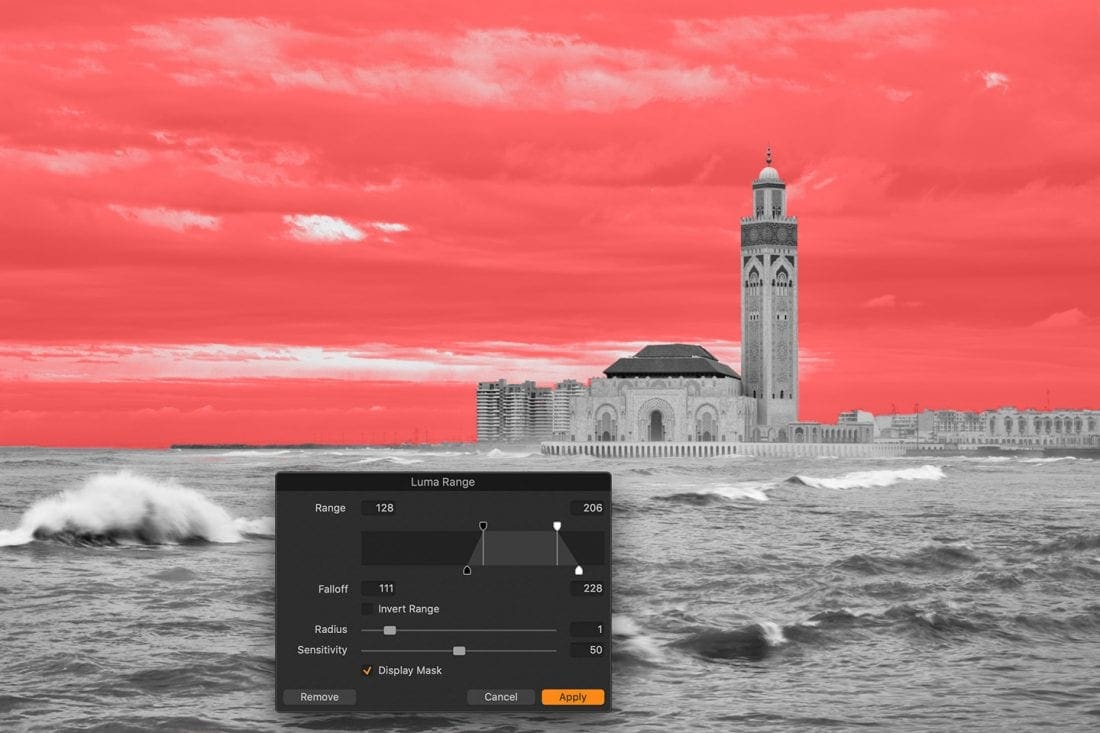
This gives us much more control over the areas of the photo that we will adjust and results in a more natural looking black and white sky than the old method, where even the whiter parts of the sky became darker as I adjusted the sliders and tone curve etc.
Another very nice touch is that even after you hit the Apply button and close the Luma Range dialog, you can click the Luma Range button in the Layers palette again to reopen and adjust your settings if necessary, so kudos to the Phase One team for their work on this new feature.
For the photo itself, I was using an aperture of f/16 for
Rainy Day at the Mosque
As we photographed the Hassan II mosque from a distance it started raining, and by the time we had driven over to walk into the square to photograph the mosque in more detail, it had become a pretty substantial shower, so the mosque wasn’t teaming with worshippers as it was last year, but the reflections
Here is just one more shot from this first afternoon, as a lady turned, probably to check that I wasn’t photographing her, as she walked across the courtyard (below).
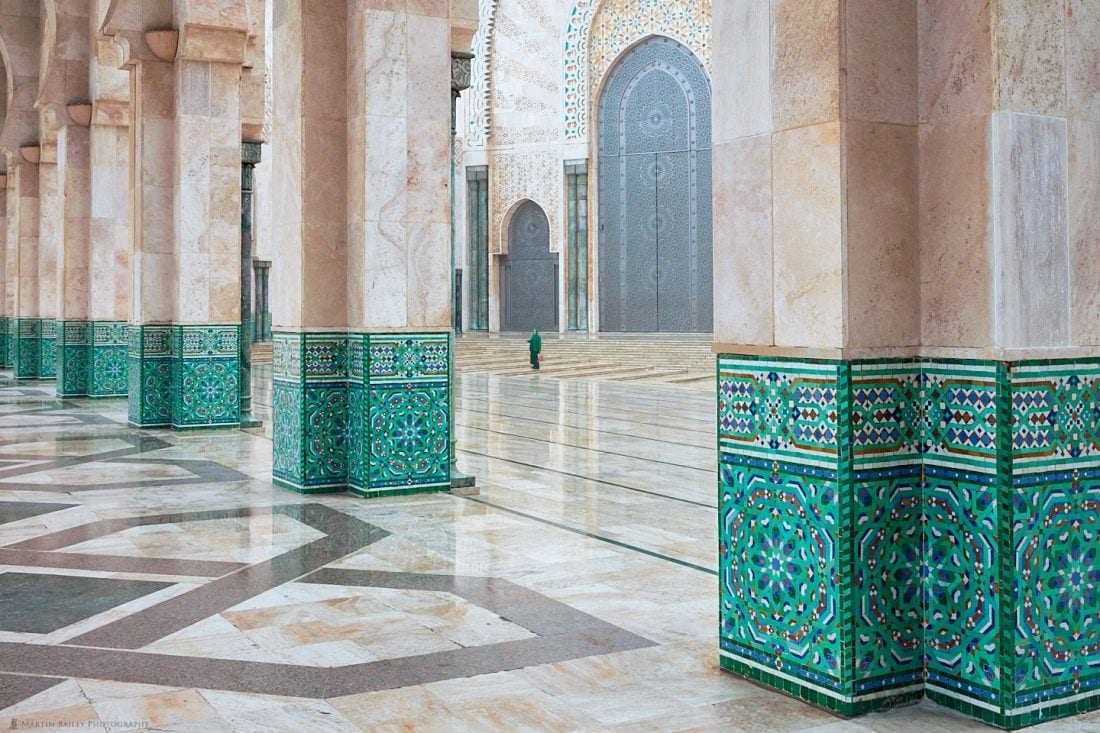
I wasn’t necessarily photographing the woman, but her clothing matched the color of the mosaics on the base of these foreground pillars so I couldn’t resist including her in the shot like this. My settings were f/11 for a 1/40 of a second at ISO 6400.
White Storks
The following day, we started our drive to Chefchaouen, stopping on the way at the Chellah Necropolis ruins, where I flipped my wildlife photographer switch on for an hour to get a shot of the beautiful White Storks that nest on top of the buildings. In this image (below) you can see that I was able to catch three storks as two of them took flight from the top of the minaret.
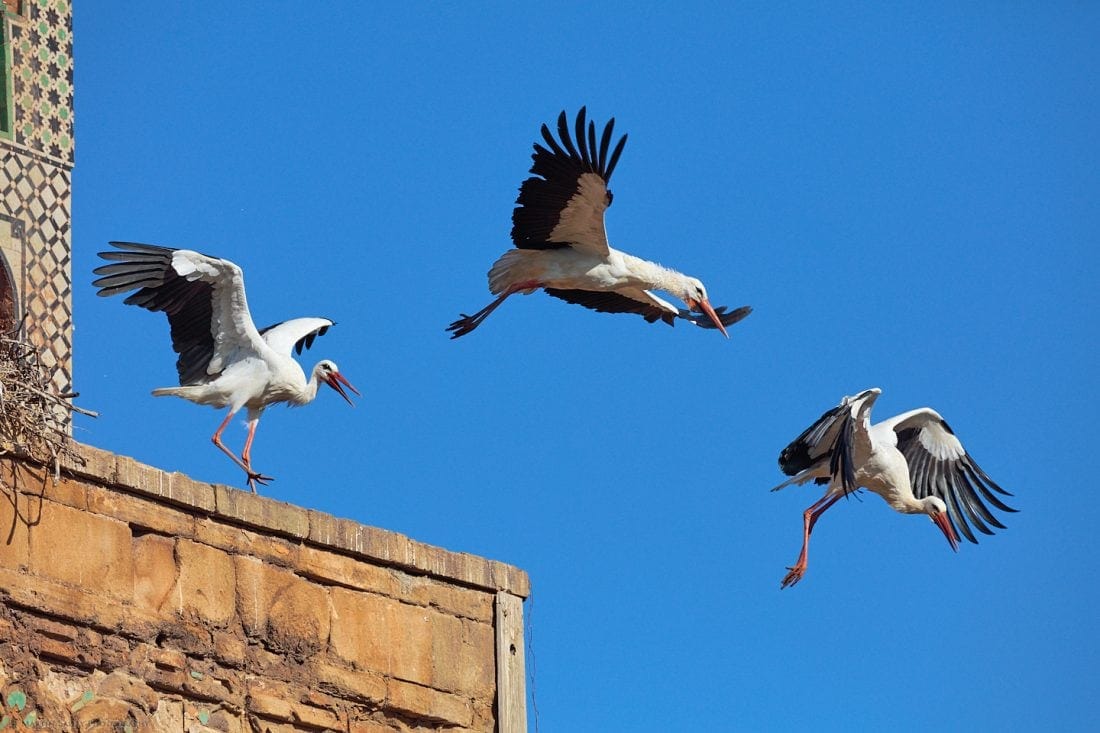
I feel that you literally have to switch from one target genre to another when you do wildlife on an otherwise landscape and cultural photography trip. I not only attached my Canon EF 100-400mm Mark II lens to my camera, but I had to switch to AI Servo or Continuous focus mode, and increased my shutter speed to 1/1600 of a second at ISO 640 for this photo. Then it takes a few minutes to make yourself more alert so that you don’t miss the moment when something like this happens. I can assure you that I would not have been fast enough to catch this moment had they done it five minutes earlier, while I was still getting into my wildlife mode.
Mausoleum of Mohammed V
Not far from the ruins, we made a stop at Rabat, the political capital of Morocco, to visit the Mausoleum of Mohammed V, the King of Morocco until 1961. This is a photo of one of the guards on each of the four doors to the Mausoleum, and they are usually relatively open to having their photographs taken by the tourists.
These guys are always so well-presented, and I like the contrast between the color of their hats and tunic, and even the laces around the tunic buttons
My settings for this were f/2 for a 1/800 of a second at ISO 100. I was using my Canon EF 85mm f/1.4 lens and stopped it down just a little for this photograph.
After this, we spent most of the afternoon continuing our drive to Chefchaouen, the blue city, where we would spend the next two nights.
Chefchaouen – The Blue City
Chefchaouen has to be one of the most photographic cities in the world, with
If you look at all three of these images you’ll notice that they all have the signature Chefchaouen blue throughout almost the entire image, but then all have a splash of red, which I think helps to set off the blue even more.
As with last year, I tend to try and work in Aperture Priority in Morocco, and set my aperture according to the scene, and amount of available light, but then I also turn on Auto-ISO, so that the camera has more freedom to do
Push Through the Grain Barrier
My settings for the first image were f/8 for a 1/250 of a second at ISO 4000, and that was with +1 Exposure Compensation dialed in. The second of the three was shot at f/11 for a 1/320 of a second at ISO 1600, with +0.3 stops of Exposure Compensation. The third image was shot at 1/320 of a second at f/11 with + 0.7 stops of Exposure Compensation which gave me an ISO of 6400.
As I’ve mentioned in the past, you don’t see any grain in shots like this even at ISO 6400, because the high ISO has helped me to Expose to the Right, so the image is so bright that grain is not visible. Conversely, if you worry about grain and leave your ISO too low, recording a darker image, you’ll actually see more grain, so you have to push through the
Winding Steps of Chefchaouen
This next photo shows a typical flight of steps winding their way through this idyllic little town. I chose this particular moment to release the shutter because of the position on the man in the Djellaba part way down the steps (below).
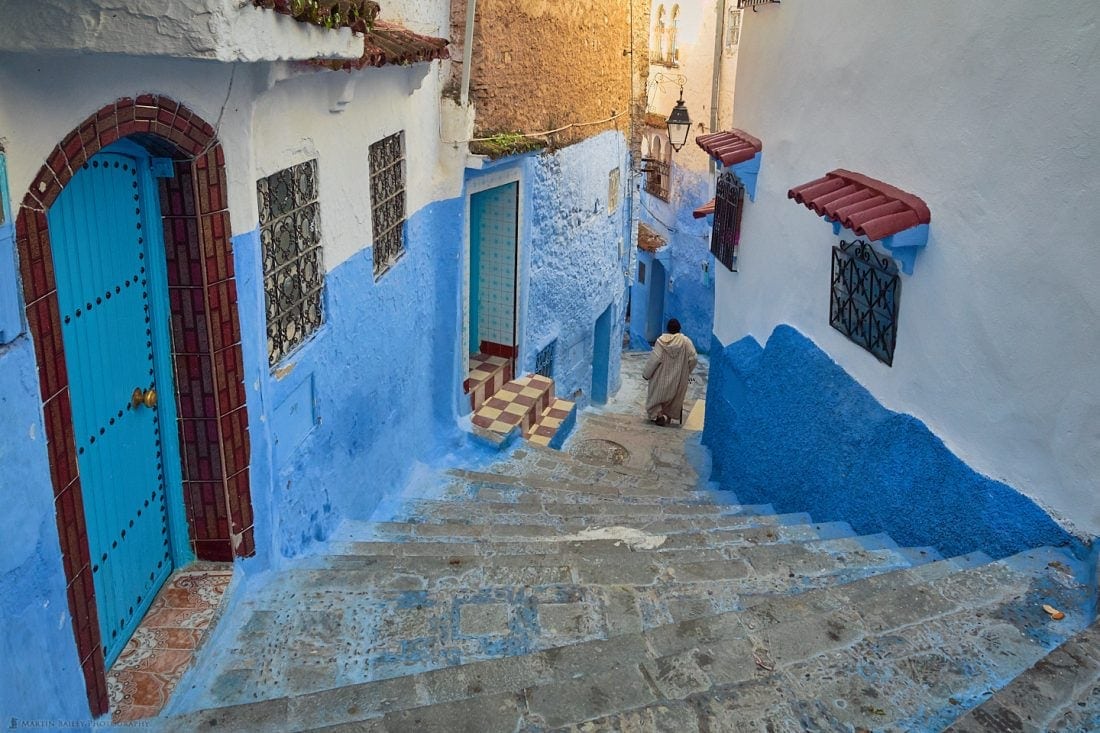
The people of Morocco don’t really like you taking their photo, so quite a lot of the time you end up having to either sneak them into the photo like this or paying for a photo, either of which I don’t really mind doing. For this photo I also used the Keystone correction tools in Capture One Pro to remove some of the distortion caused by the 24 mm wide angle of my Canon EF 24-105mm lens, and that also helped me to remove another door that was creeping into the frame on the left, but I had to crop it off to get this composition. My settings were f/14 for a 1/125 of a second at ISO 2000.
Dreamy Courtyard
Talking about paying for photos, as we walked through the alleyways of Chefchaouen, we noticed a small gate, through which we could see this idyllic little courtyard. Just moments later a man came out to us and asked for 50 Dirham from each of us for a photo. As you can see, I have the photo, so I obviously paid the man. It’s a beautiful little area and I think it was worth it. Only one other member of my group felt the same way so he made a whopping 100 DIrham from us, and that’s about 10 cents U.S.
You know, many of these people aren’t rich or even well off, and although I am not either, I’m not struggling, so I don’t mind paying for photos here or there.
$10 Portrait
I did have to think for a while about whether or not I was prepared to pay the gentleman in this next and final photo for today a whole 100 Dirham for his photograph. But once again, I have the photo so you know my decision. He actually was asking 200 Dirham per photo, which is $20 a pop! I wasn’t prepared to pay that, but we talked him down to 100 each. He’d probably have done it for less, but I wasn’t too concerned.
I actually really like the photos. I have another with his face larger in the frame looking head-on, but I think I prefer this, with him looking back at me, a little more spontaneously than the other pose. He was a businessman though, and literally only gave me and the other guy that paid a minute or so each for our photos.
Actually, when my guest had finished photographing him, he asked me for advice on his photo, and when he asked for one more photo to implement my advice, this man asked for another 100 Dirham! We are often generous, but not pushovers, so we got him to pose again for us for free.
My settings here were f/4.5 for a 1/160 of a second at ISO 400. I was using my 85mm portrait lens for this again.
We’ll wrap it up there for this first episode of my 2018 Morocco tour travelogue series. I like to keep each episode to ten images, and that’s our ten. I’ll be back next week with part #2, and some more image from this beautiful country.
Show Notes
By using the B&H Photo gear links in this post you are helping to support the podcast at no extra cost to yourself.
Download Capture One Pro 12 here: www.captureone.com/12
Audio
Subscribe in iTunes to get Podcasts delivered automatically to your computer.
Download this Podcast as an MP3 with Chapters.
Visit this page for help on how to view the images in MP3 files.


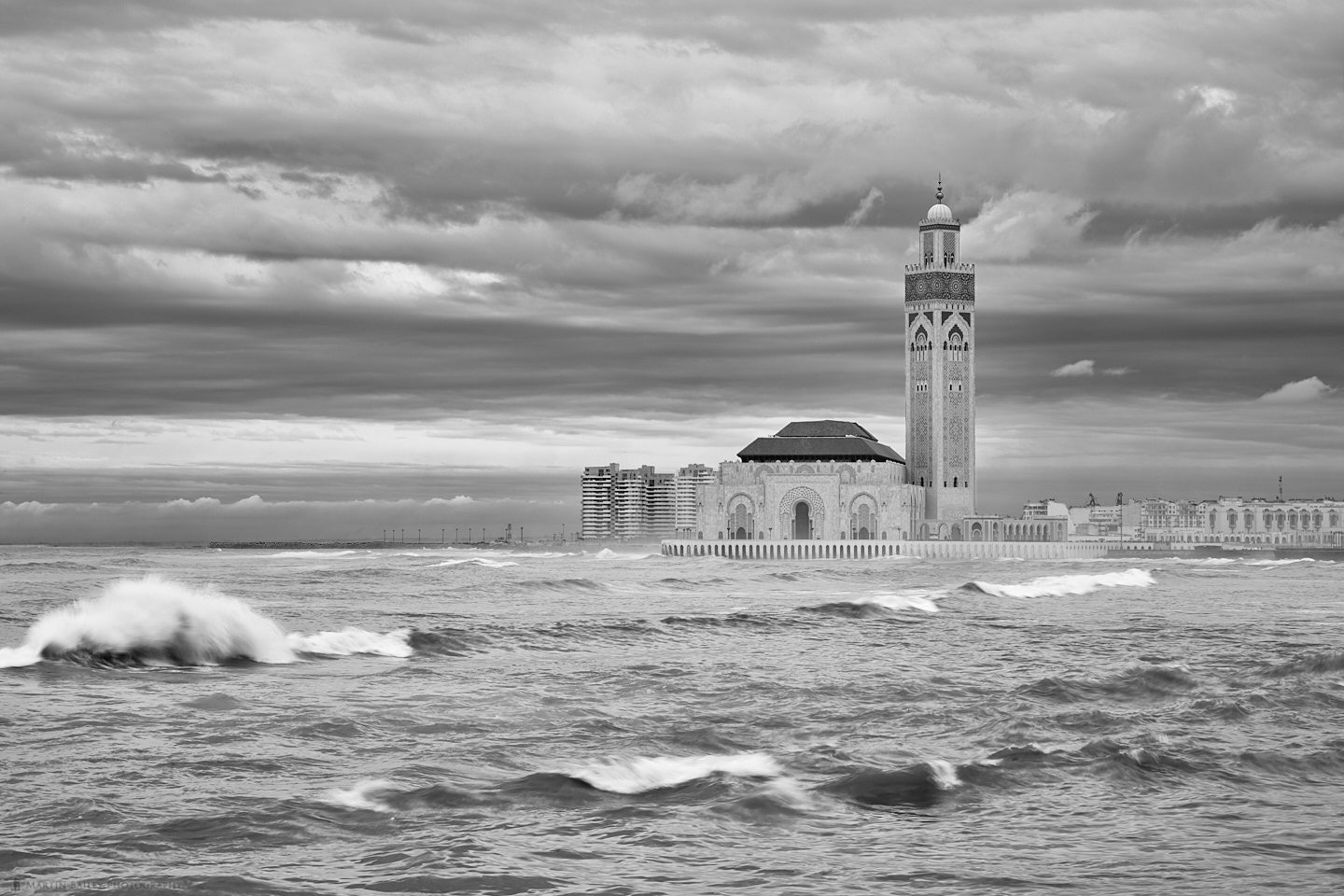
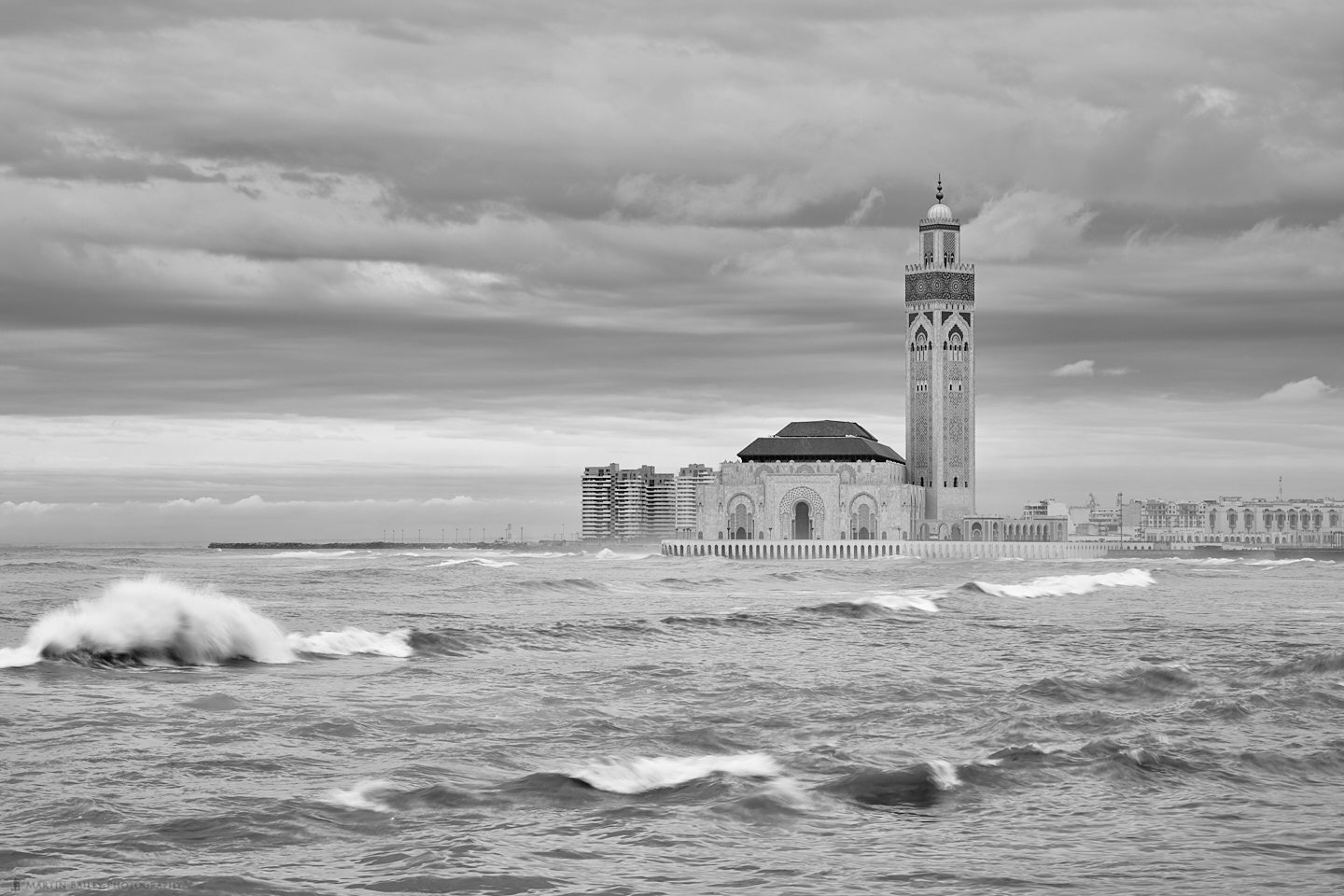
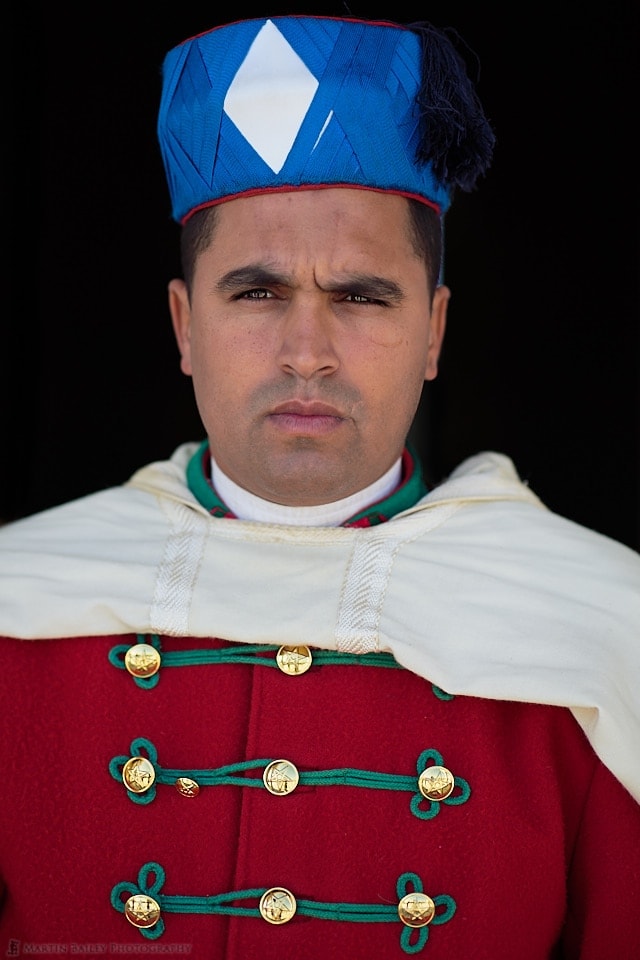
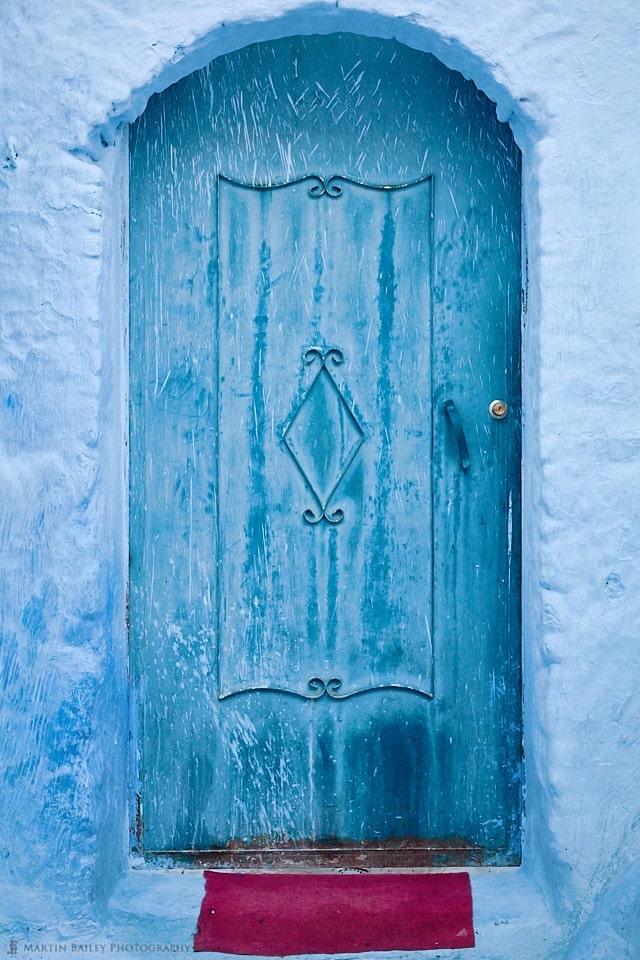

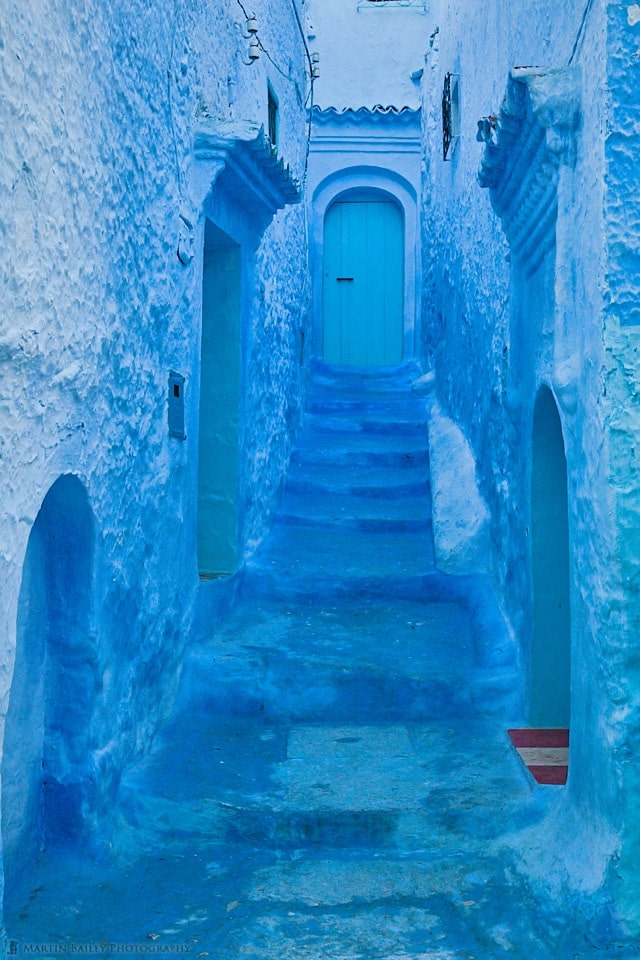
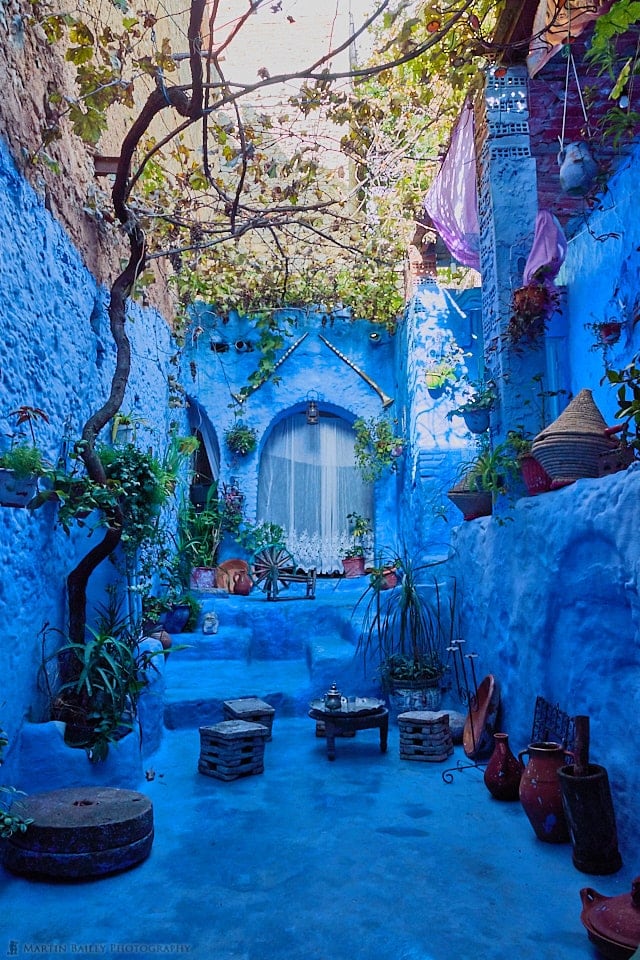


Hi Martin
Thank you again for this great series of images. Morocco certainly would have suffered a loss if they had taken your camera before you could share these beautiful images of their country.
For those of us still using Lightroom, how would you compare the masks in Capture One with the Range Masks in Lightroom?
Hi Eric,
Thanks for the kind words!
I’m afraid I haven’t opened Lightroom once in the three+ years since I switched to Capture One Pro, so I can’t really say. I can’t imagine these new masking tools in Capture One being any easier to use though.
I’ve just made a video for Phase One showing the new features of Capture One Pro, and these masks take up a large portion of my 10-minute limit, so please keep an eye out for that. Once they’ve released it, I’ll release it here as well.
Regards,
Martin.